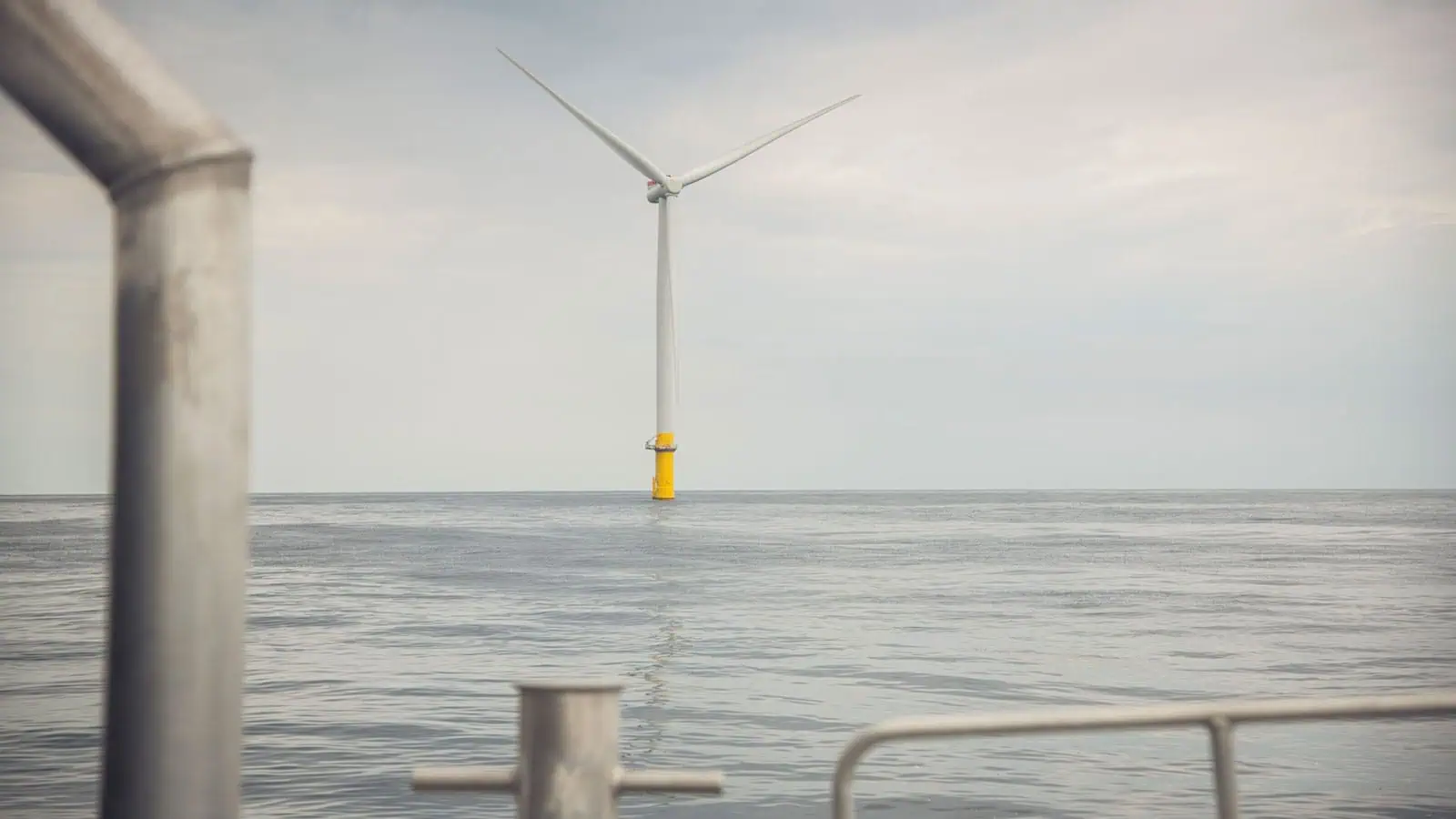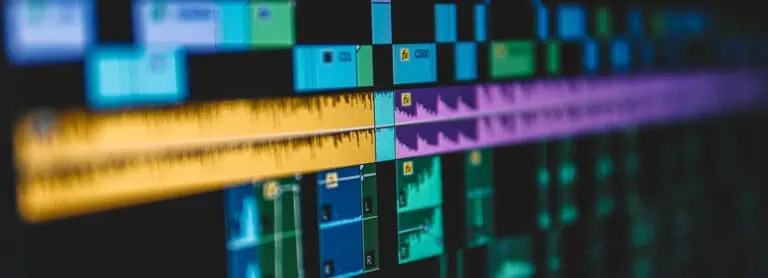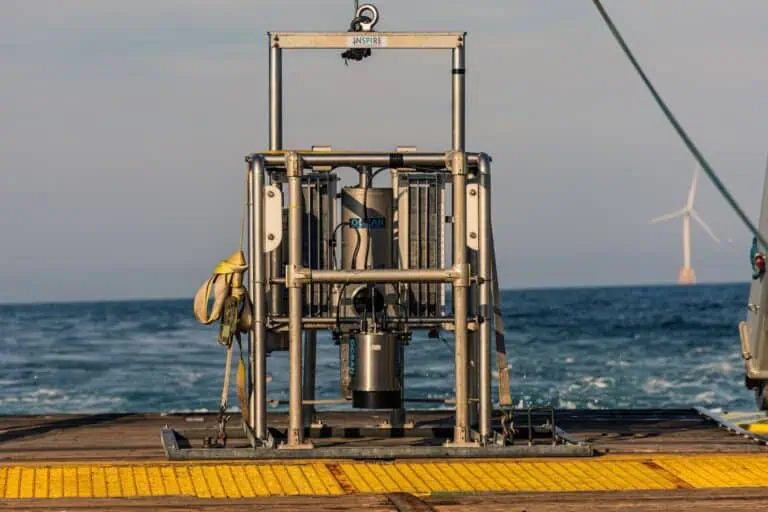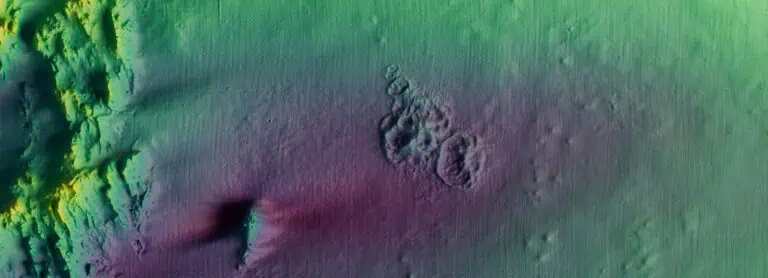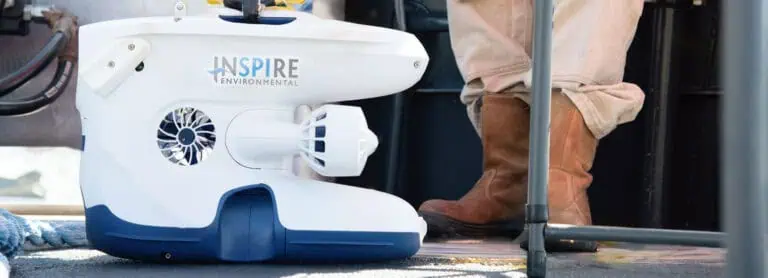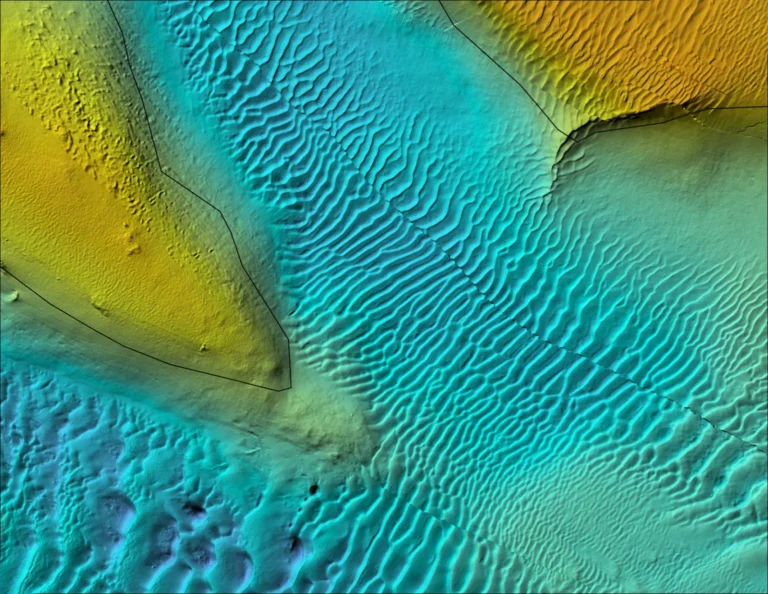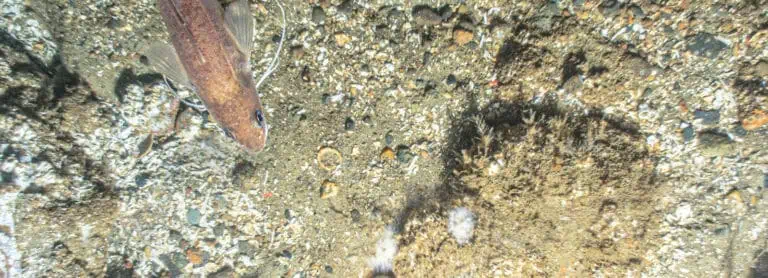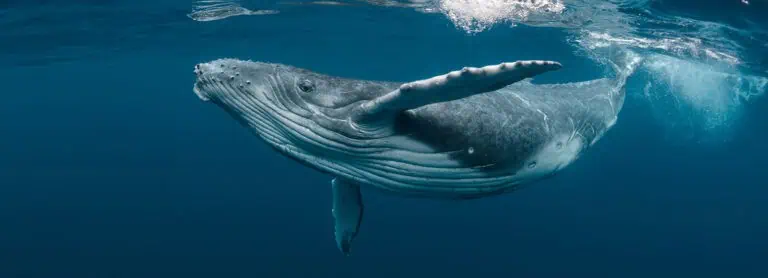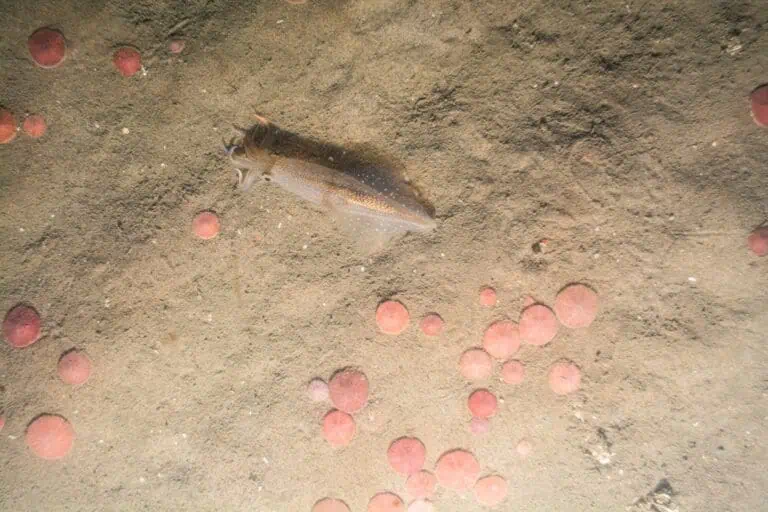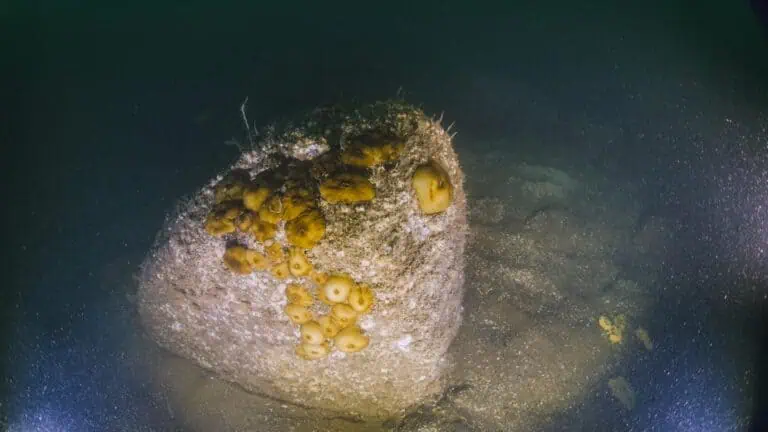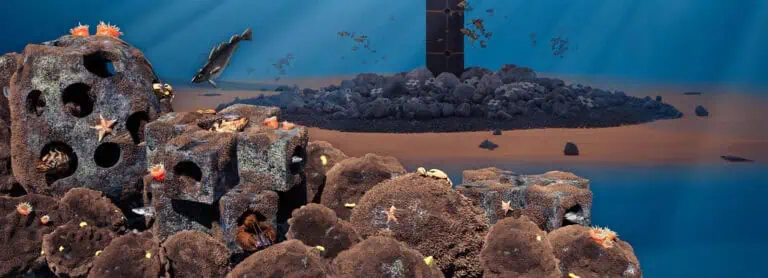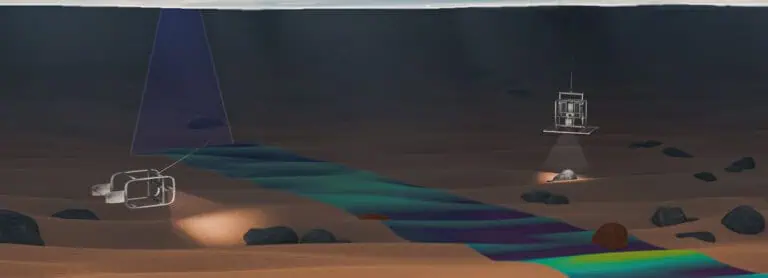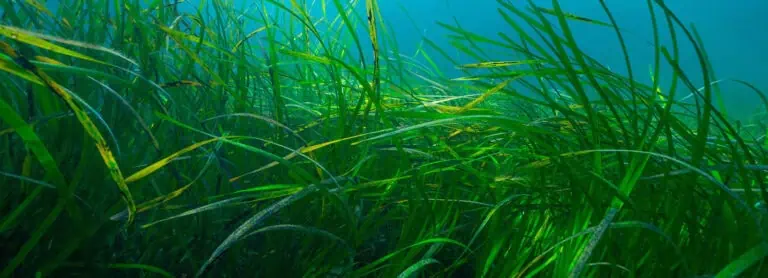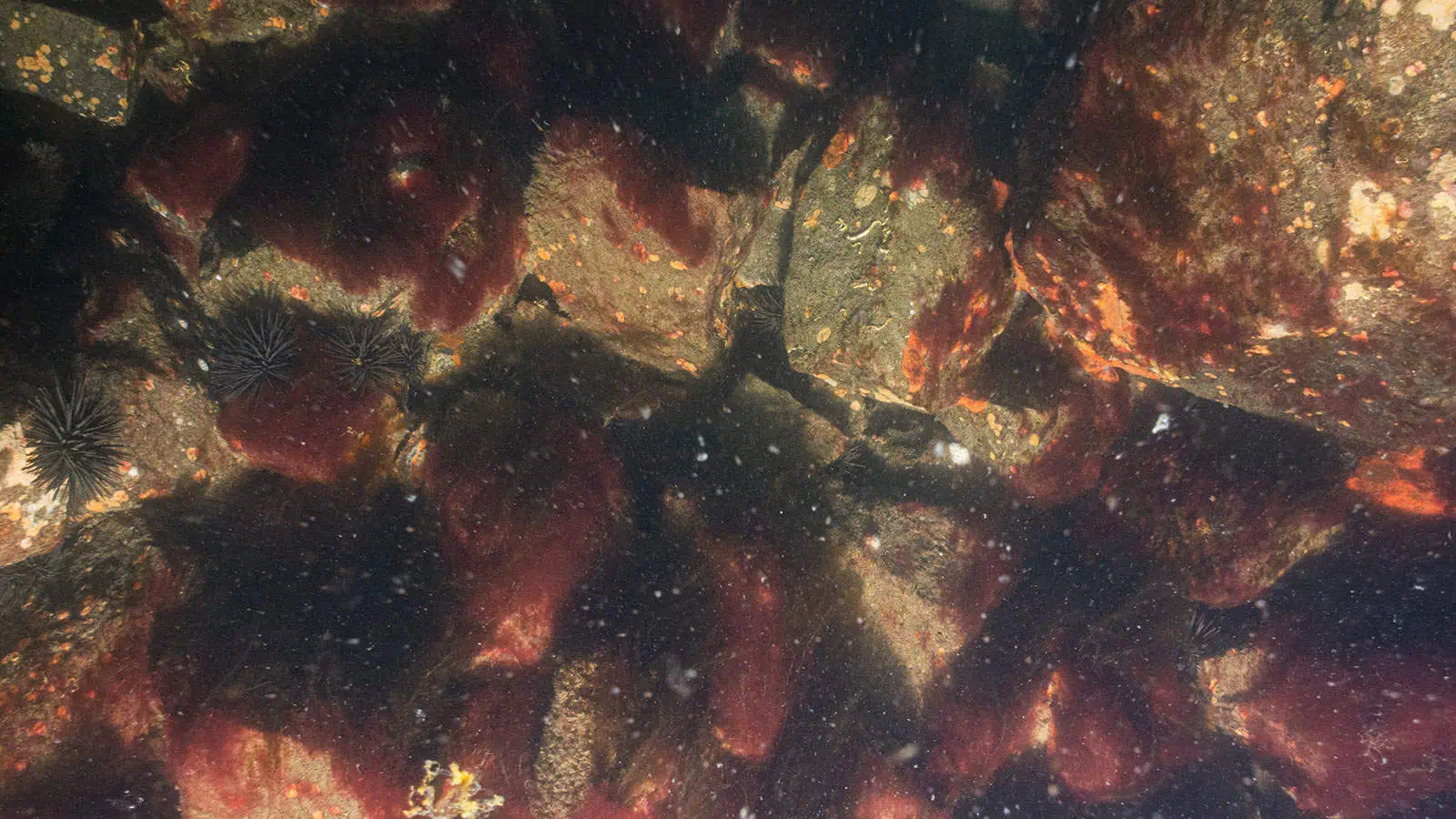
TKI Offshore Wind Scour Protection for Ecological Enhancement Project
The project objective is to understand whether and under what boundary conditions Engineered Reef Unit Solutions (ERUS) can perform as fully integrated offshore protection structures while adhering to nature-inclusive design requirements. Unlike add-on reef structures, fully integrated ERUS may increase the scale of the desired ecological intervention and potentially minimize technical and logistical risks linked to add-on structures. The knowledge generated from this project will advance the technical readiness level for ERUS innovators and industry stakeholders by informing questions regarding design, installation compatibility, protection effectiveness and stability, and environmental impact costs and ecological functioning.
In this project, a consortium consisting of research institutes (Deltares and Wageningen Marine Research), commercial parties (Boskalis, INSPIRE, RWE, TenneT, and Vattenfall) as well as innovators (BAM, Construction, Holcim, GEOWALL, and Reefy) will investigate the potential to use engineered reef units as scour and secondary protection for offshore wind farms while accounting for requirements to enhance local marine ecosystems and to do so with minimal environmental costs through innovative designs and materials.
INSPIRE is working towards evaluating ERUS potential to protect and restore marine life in environmental reference locations and based on current regulatory requirements, and goals identified by the project partners. Specifically , INSPIRE, as the only US-based partner on the project, provides in depth knowledge of the US wind industry and the progress of nature inclusive design within the US. INSPIRE’s focus on this project is to conduct a desktop review of location-specific nature-inclusive design requirements and ecological targets, plan and conduct a workshop to establish recommended operational monitoring of ERUS and options for decommissioning, develop guidance on monitoring for ecological enhancement of ERUS.
Interested in speaking with us about your projects?
Contact INSPIRE Environmental today for additional Information about our services
Related Services
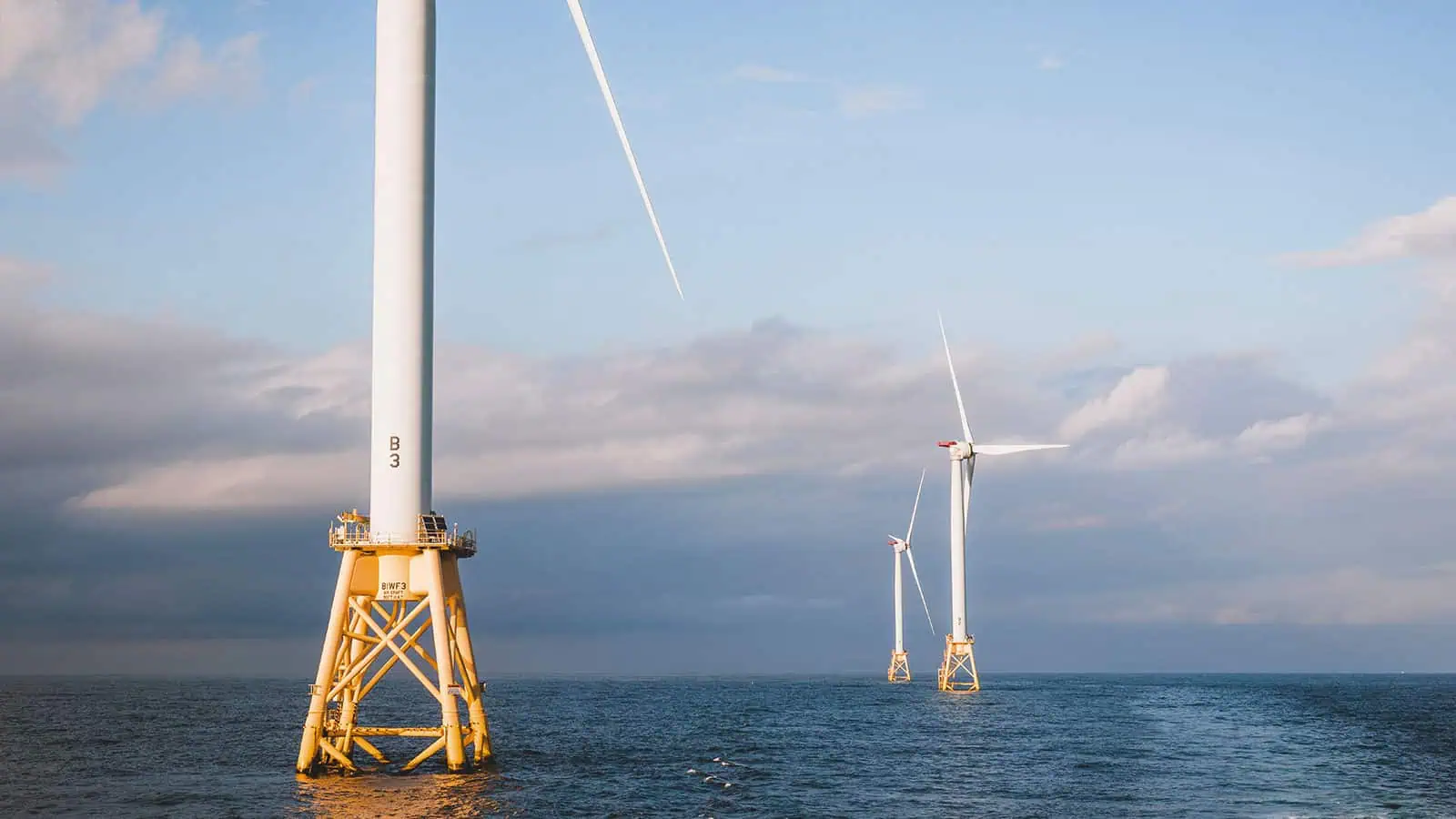
MOCEAN Consortium
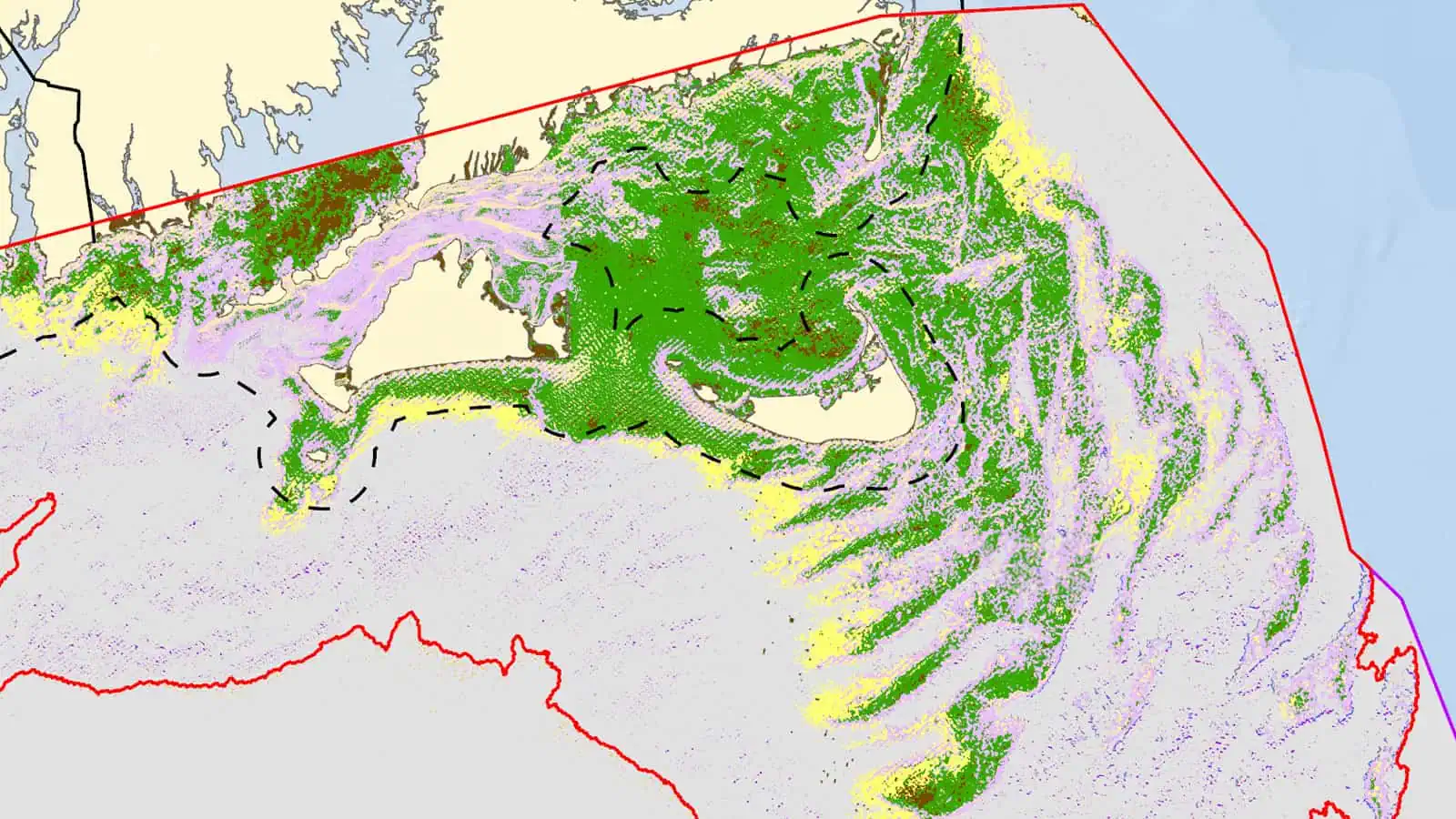
Regional Wildlife Science Collaborative Regional Sediment Mapping
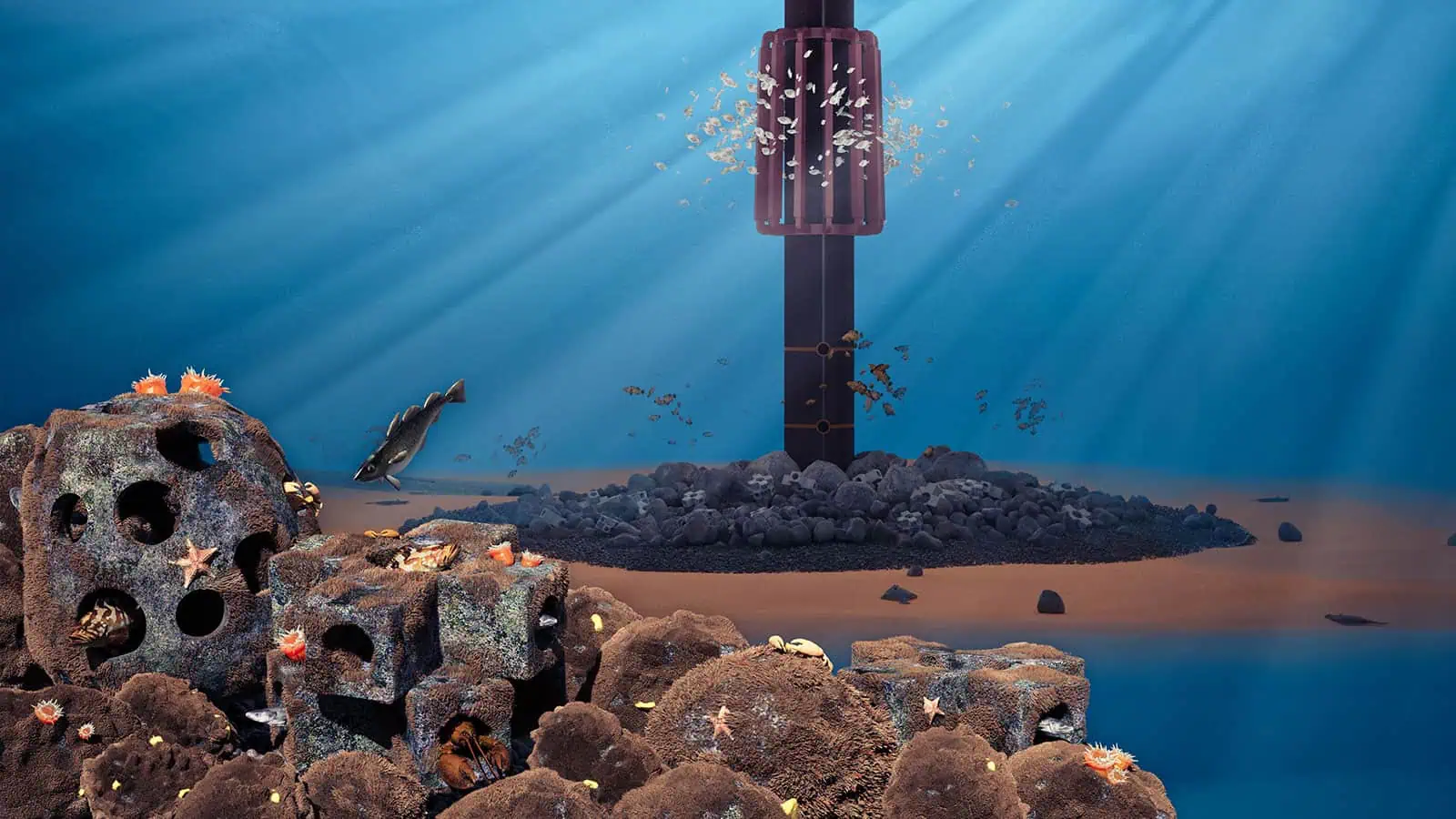
The Nature Conservancy Turbine Reefs Project
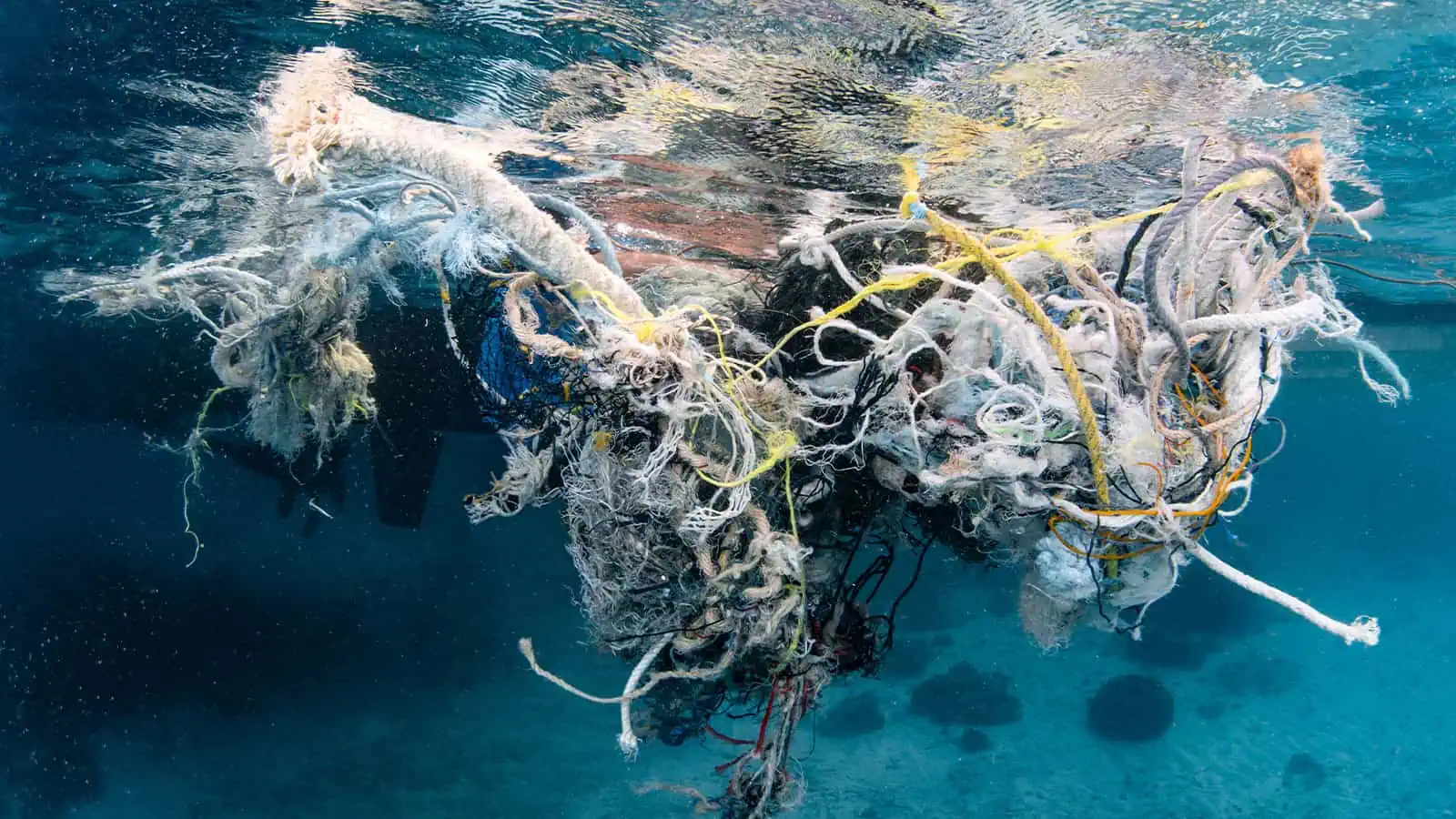
Monitoring Technologies for Ghost Gear and Ecosystem Biodiversity
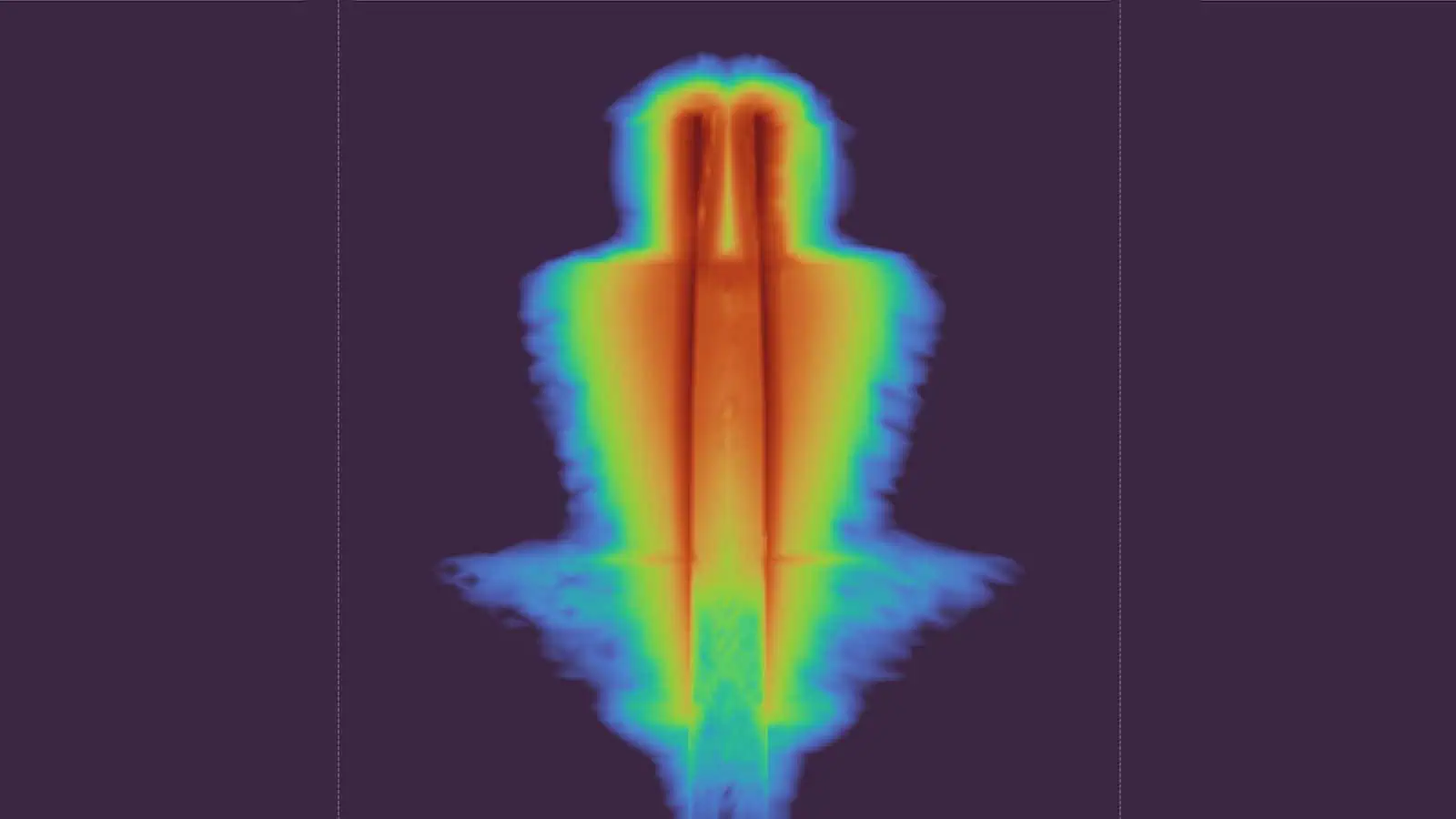
Offshore Wind Sediment-borne Vibrations
